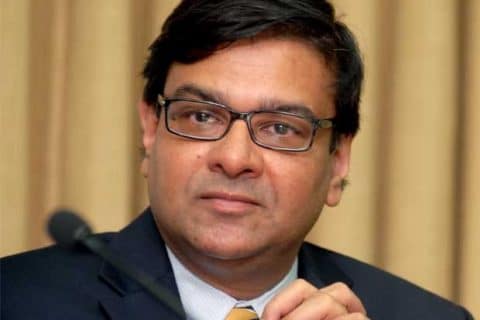Senior housing also is a potential attraction. By M.A. Siraj
Several sectors of realty in India are being eyed with interest by overseas investors. While NRIs are generally guided by the favourable atmosphere for investment following liberalisation of the economy, several others would like to benefit from Indian expertise in construction, town planning, infrastructure, renewable energy and design.
This was evident from interactions with delegates at the NAR-India convention held recently in Bengaluru.
John Yen Wong , Founding Chairman, Asian Real Estate Association of America (AREAA), San Diego, California, opines that the residential sector is very attractive. “Lot of Bay Area NRIs are coming back to Bengaluru for buying residential properties. There is a need to bring standardisation of practices. As IT has connected the entire world, use of uniform standards will facilitate businesses across borders,” he adds.
Ayres D’Cunha , Licensed Real Estate Salesperson, Keller Williams, Williston, New York, says Indians in America feel comfortable to send their parents home to live their retired life. The senior housing sector is a potential growth area. He says a representative from Zenith Capital from Seattle will soon be bringing a team to India to identify sites for senior homes.
He however adds a note of caution by telling that “trust is the most important factor.” During the last three years $ 15 billion has come by way of FDI in Bengaluru. “Money is flooding. Almost all large joint ventures have investors from the U.S.”, he adds.
Raj Rajpal, Home Mortgage Consultant, Asian Real Estate Association of America (AREAA), Staten Island, New York: “Middle class is multiplying very fast. I feel Bengaluru will not be able to meet the demand. Mumbai gives 12-19% return on projects. In the U.S. it is just 6%. But mortgage rate is just 3.5% there. Maintenance is quite low here. Bengaluru is, of course, the number one choice. Chennai, Gurgaon, Delhi, Hyderabad are also desirable destinations.
“This conclave has brought realtors from 22 countries and will result in better networking. The discussions are very focused. There are a million Indians in the New Jersey area. About 25% of calls we get are enquiries about investment in India.
“If I compare, we have higher taxes in the U.S. You have underground economy that makes the business cumbersome. Since all transactions are not in black and white, the businessmen have to involve themselves. A consumer feels the pain here. In the U.S. most procedural formalities are carried out by the attorneys.”
Abdun Nasser Taha, Development Management Consultant, Cairo, Egypt: “Egypt is the door to Africa. We need to exchange expertise with developers in India. Suez Canal has been recently expanded and can handle much larger quantum of cargo ships between the two continents.
“Egypt’s population is touching almost 90 million and we need 40 more cities besides expanding the existing cities. We can exchange expertise in infrastructure, waste management, water treatment and solar power.”
Edward Tea-Yong Gee, President FIABCI, South Korea: A specialist in new town building projects and social housing, he was instrumental in planning Changwon city and promoting tourism projects.
He is building the base for the American Navy at Guam island in the Pacific Ocean which will host the Navy that will be shifted away from Okinawa in Japan. He finds a lot of potential in apartment construction in India and in exporting desalination technology from South Korea.
Rayan Abdul Jabbar, MD, Massarat, Jeddah, Saudi Arabia, says, “Our engagement with Indian developers has not been enough and would like to share knowledge and experience. Forty per cent of construction labour is from India, another 40 per cent is from Pakistan and remaining from other countries. We could have joint ventures. We used to have Chinese contractors with whom we had cultural barriers but not with Indians who share much of the cultural traits.”
Massarat has transacted business to the tune of $15 billion, mainly in residential business, for the last 35 years. Rayan sees a lot of potential in partnership with Indian firms.
He says more than 60% of the Saudi people do not have their own homes. “Indian builders have expertise in social housing. We can bridge the gap. Saudi Arabia has a double-digit growth rate in the real estate sector. The government is facilitating entry and investment in Saudi Arabia. We too have conceived smart cities and green field cities,” he adds.
This article was originally published on www.thehindu.com dated August 29, 2015
Image Credit: www.thehindu.com




